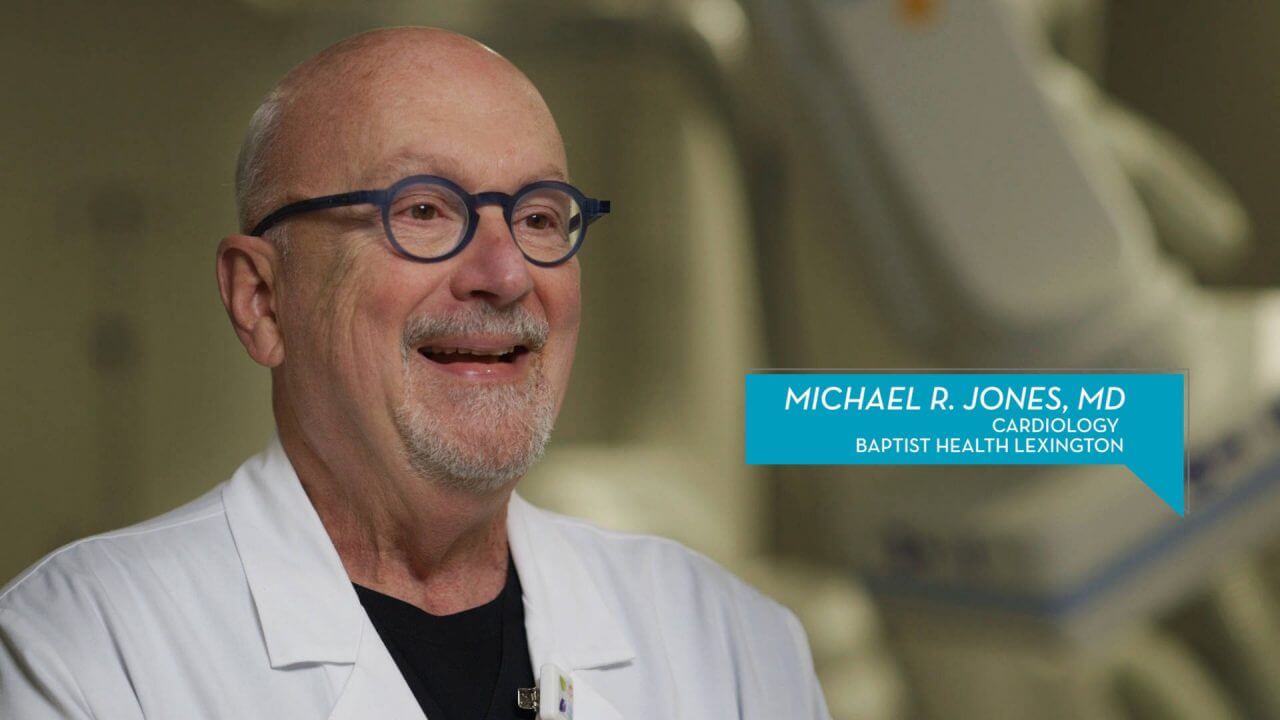Advances in Stroke Intervention
Baptist Health Lexington: Advances in Stroke Intervention
Doctor Curtis Given outlines the signs and symptoms of a stroke, explaining why it’s important to seek help in the emergency room as quickly as possible.
Advances in Stroke Intervention Health Talks Transcript
Curtis Given, MD, Neurointerventional Services
A stroke is typically thought of when there’s a blockage to the blood vessels to the brain so that the brain is not getting blood flow and not getting oxygen. When someone’s having a stroke, it’s very important to seek care as soon as you possibly can. There is an acronym that we use: “FAST” — facial drooping, arm or leg weakness, speech difficulties, and time — to emphasize that it’s important, if you have any of those symptoms, to seek treatment as soon as possible because a lot of the treatments that we have are very time dependent. For example, the clot-busting medicine, TPA, that we like to administer, we have to give that within four and a half hours of symptom onset, but then we also have newer procedures that are interventions like you might have if you were having a heart attack. For someone who’s having a stroke, we’re now able to physically go in through the blood vessel in the leg and remove the blood clot from the brain by going in in a minimally invasive way like a cardiologist would. So, a comprehensive stroke center is a distinction we’re very proud of. There are less than 200 comprehensive stroke centers in the U.S. Baptist Health Lexington has been very committed to stroke care and staying really at the cutting edge. We’re able to offer the best care available in the world for strokes and for stroke therapy and offer that on a 24/7, 365-days-a-year basis.



.jpg?rev=5a49c2269ddc4e2db51b4f6d867aa4c0)